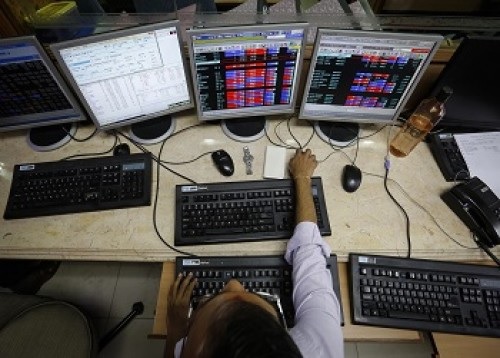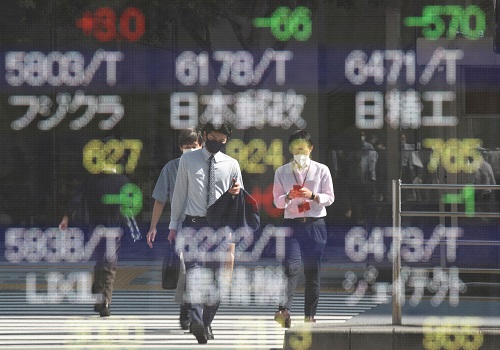5 Indicators That Every Intraday Trader Must Know!

Follow us Now on Telegram ! Get daily 10 - 12 important updates on Business, Finance and Investment. Join our Telegram Channel
https://t.me/InvestmentGuruIndiacom
Download Telegram App before Joining the Channel
Intraday trading involves buying and selling financial assets on the same day. Knowledge and accuracy play a vital role here as a lot is at stake. Thus, many intraday traders use technical indicators as a primary tool to predict the probable direction of price movement.
When added to the stock chart, indicators offer vital information. Nowadays all trading platforms extend chart features with technical indicators at your fingertips. To gain more in-depth information on the topic, be sure to visit Angel One’s website. Moreover, you can make the most of these indicators and take better intraday trades.
Thus, in this article, we will explore the most beneficial ones to help you make informed trading decisions. So let’s dive in!
5 Technical Indicators for Intraday Trading
From leading and lagging signals to oscillators, there are indicators for every skill level. Below mentioned are some of the best options to get you started with your trading.
1. Average Directional Index (ADX)
ADX is an indicator that tells you how strong the current price trend is. If the ADX line goes above 25, it indicates a strong trend and when it goes below 20, a weakness in the trend is confirmed. On some trading platforms, ADX is available as Directional Movement Index (DMI).
2. Stochastic RSI
Stochastic RSI is a combination of two indicators - Stochastic Oscillator and Relative Strength Index (RSI). It ranges between 0 and 100. When the StochRSI is between 0 to 20, the stock is considered oversold and when it is between 80 to 100, the stock is considered overbought. Traders use this indicator to find price reversals.
3. Moving Averages
This commonly used indicator has two types: simple moving average (SMA) and exponential moving average (EMA). It is applied on charts in the form of a line that acts as a support or resistance. Usually, 5 and 25-bar moving averages are used by intraday traders.
4. VWAP
VWAP stands for Volume Weighted Average Price. It forms a line by considering the average price and total volume of shares over a particular time frame. When the stock trades above the VWAP, it is considered bullish and when it trades below, it is considered bearish.
5. Supertrend
As the name suggests, supertrend is a trend indicator. It is a very easy-to-use tool for beginners. It generates a ‘Buy’ signal by displaying a green arrow whereas a red arrow is displayed to indicate a ‘Sell’ signal. Traders use supertrend on a 10-minute chart for intraday trading.
How to Effectively Use These Indicators?
All the indicators are easily accessible on all the charting platforms but to effectively use them, you must take note of the key factors mentioned below:
- Less is more: At maximum, use two or three indicators to reduce redundancy.
- Keep it simple: To be able to read a chart clearly, don’t overpopulate it.
- Clean Layout: Organise your chart to focus on crucial data.
- Indicators are not a holy grail: Use indicators as a tool and don’t heavily rely on them.
- Modify as per your need: Adjust the indicator settings to optimise it with your strategy.
Additional Resources to Ace Your Skills
In the initial phase of your trading career, you are likely to come across numerous methods of trading. Although major trading opportunities can be easily identified using a couple of indicators, things get a little complex when you are not fully aware of how the financial markets operate.
With some effort and conscious intention, you can elevate your trading game. Angel One’s Knowledge Centre can be of great help to brush up on your skills. It is a vast source of knowledge available in an easy-to-understand format. If you are a beginner, head over to learn about trading strategies that will help take your trading to the next level.
Disclaimer:
1. This blog is exclusively for educational purposes
2. Investments in securities market are subject to market risk, read all the related documents carefully before investing. Brokerage will not exceed the SEBI prescribed limit. https://bit.ly/2VBt5c5
Above views are of the author and not of the website kindly read disclaimer










Tag News

Quote on Silver : Silver price falls in recent weeks Says Prathamesh Mallya, Angel One











